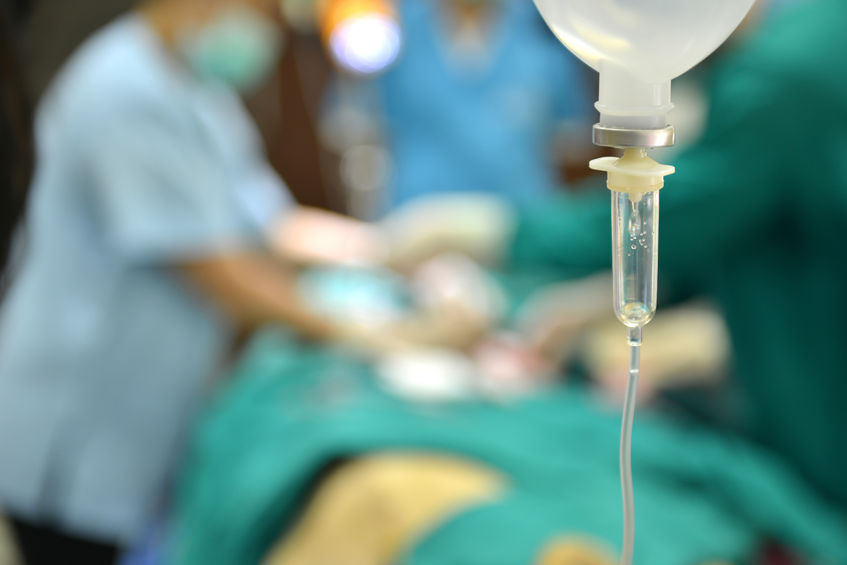CO2 Laser Surgery
Industry-Leading Surgical Technologies
The new standard in veterinary soft-tissue surgery.

Warning: Video contains footage of surgical procedures.
Overview of Laser Surgery
CO2 Laser Surgery is a minimally invasive surgical technique that uses a carbon dioxide laser to vaporize tissue as it incises or ablates.
Compared to a traditional scalpel and ESUs, CO2 Surgical Lasers offer a more precise incision while sealing blood vessels and nerve endings as it incises, resulting in reduced bleeding, less pain, and a lower risk of infection for the patient.
Enhancing Surgical Precision While Improving Patient Recovery.
Benefits for the Surgeon
CO2 lasers provide greater surgical control resulting in a smoother, more efficient operation.
Extreme Precision: The highly monochromatic, coherent laser beam allows surgeons to make clean and accurate incisions with minimal tissue disruption.
Reduced Bleeding: The laser beam cauterizes and seals blood vessels up to 1mm in diameter providing the surgeon with a cleaner surgical field.
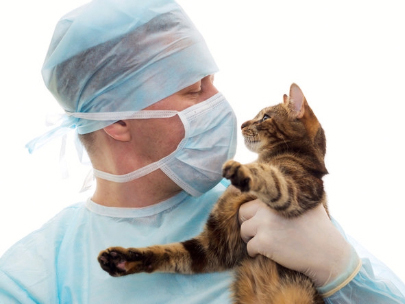
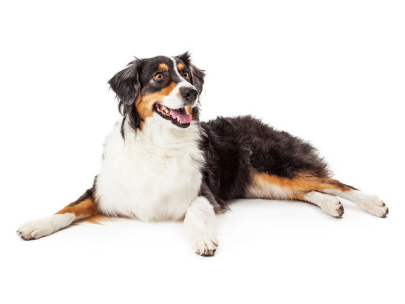
Benefits for the Patient
Laser surgery offers a variety of benefits that result in a quicker and more comfortable recovery.
Reduced Pain: The laser beam seals nerve endings as it incises, reducing the level of pain felt during and after surgery.
Reduced Post-Surgical Swelling: The laser beam incises without physical contact, eliminating collateral tissue damage associated with traditional scalpel surgeries.
Reduced Risk of Complications: The high-energy laser beam acts as an antimicrobial/antibacterial agent and sterilizes the surgical site, reducing the risk of post-operative infection.
A New Generation of Surgical Laser Technologies
Cutting Edge CO2 laser systems set a new standard for laser surgery by combining advanced features with easy, maintenance‐free operation. These lasers are designed to provide the veterinary surgeon with maximum flexibility and precision, resulting in better outcomes and more satisfied clients.
Greater Surgical Control
Enhanced customization paired with absolute beam integrity and a convenient aiming beam offers surgeons more flexibility and accuracy.
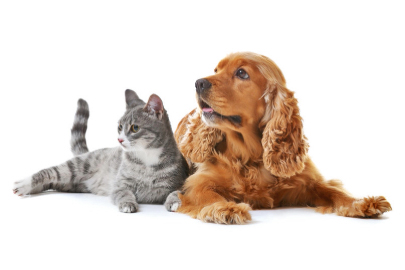
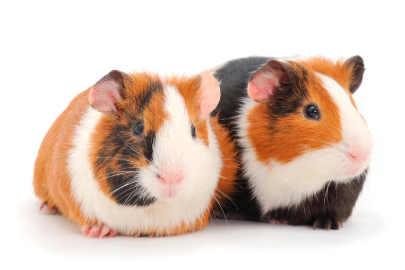
Reduced Downtime
Automatic calibration saves time in the surgical suite by eliminating delays associated with daily calibrations.
Easier Maintenance
Autoclavable handpieces and a titanium articulated arm replace the need for costly waveguide and disposable tip replacements.

4 Power Delivery Modes
Continuous Wave
Less bleeding and better coagulation, especially in perianal surgeries and procedures in and around the ears.
Pulsed Wave
Fixed frequency for less aggressive surgeries, such as those around the eyes.
Fast Pulsed Wave
Similar to the Pulsed Wave mode but at a higher frequency.
SmartPulse™
Ensures optimum incision efficiency while minimizing collateral tissue damage.
Indications for Use
CO2 Surgical Lasers are ideal for a wide range of soft-tissue procedures across animal species.
- Spays and neuters
- Ophthalmology
- Dermatology
- And many other soft-tissue surgeries
TESTIMONIALS
What Our Customers Are Saying
"We use the laser equipment on a daily basis and with almost all types of surgical procedures. The rate of growth we have experienced in the small animal surgery department is phenomenal. Even our competitors' clients are coming to our office for surgical procedures!"
Carolyn McElfresh, Business Manager
Animal Medical & Surgical Center of Coshocton
"After using the laser for two months it became very evident to me and my staff that using the laser allowed our patients to experience less pain and faster recovery times after surgical procedures. Also, during that time frame, the Cutting Edge laser generated over six hundred dollars a month in added revenue."
David M. Drake, DVM
Rainbow Valley Veterinary Clinic
"As a surgeon, the laser opened up a whole new area of surgery I wouldn’t do normally. Most notable the dreaded soft palate resection. I now love them. In about five minutes I’ve done a bloodless surgery that help an animal breathe better."
Joanne Klingele, DVM
Klingele Veterinary Clinic
Knowledge Center
Featured Posts
FAQs
Veterinary surgeons are using CO2 surgical lasers for a wide range of soft tissue, dermatological, and ophthalmological procedures, including:
- Entropion Surgery
- Lick Granuloma Ablation
- Soft Palate Resection
- Spays and Neuters
- Tumor Removal
- And Many Others
Download our surgical indications checklist for a comprehensive list of procedures.
CO2 surgical lasers emit light at a wavelength of 10,600 nanometers, which is strongly absorbed by water, making them effective for cutting soft tissue. The energy is absorbed at the surface, resulting in shallow penetration and precise ablation. CO2 lasers also coagulate small blood vessels and seal lymphatics and nerve endings during incision. which reduces bleeding, swelling, and post-operative pain. This leads to faster healing, lower infection risk, and greater comfort for patient.
Compared to diode or Nd:YAG lasers, which have deeper tissue penetration and are more commonly used for coagulation or therapeutic purposes, CO2 lasers are more suited to soft tissue surgical procedures requiring controlled depth and minimal thermal spread.



